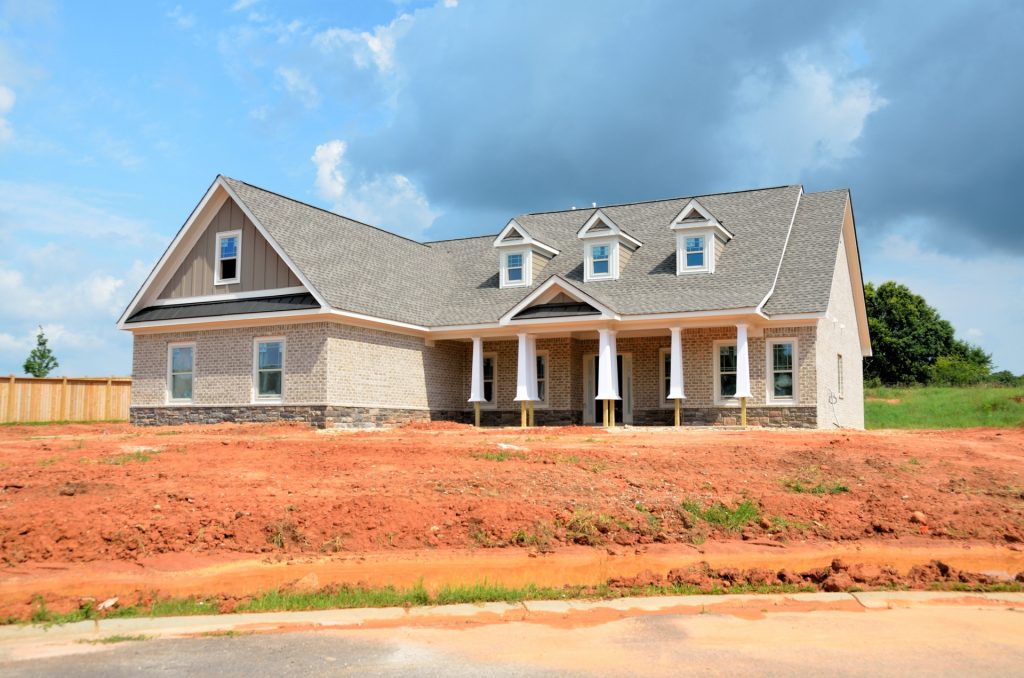
This is the age of creative real estate financing. Maybe you remember when financing meant you saved up enough to put 20% down on a house, and then got a mortgage loan for the other 80%? You can still do that, but there are many more options now. Here are ten of them.
1. Second mortgage loans from sellers.
Many banks will allow you to have as little as 5% into a home purchase, but will then only loan you 80%. The seller can take payments on a second mortgage from you for the other 15%.
2. Manufacturer loans.
Manufactured-home companies are arranging financing with 5% or less down for their buyers. This can be as little as $2,500 down if you already have a lot to put the home on.
3. State government housing programs.
Most states have some sort of financing help in the form of a loan-guarantee program or outright loans for low-income buyers.
4. VA mortgage loans.
If you have been in the armed services, have a decent job, and can save two or three paychecks, you can probably get a home with a VA loan.
5. Contract for sale.
Called a “land contract” and other names depending on the part of the country you are in, this just means that you make payments to the seller instead of a bank. It’s up to you and them to negotiate downpayment amount, interest rate, and the term of the loan.
6. Builders gifting programs.
In some parts of the country, builders fund foundations that give you a portion of the downpayment, so you can get into a home with as little as 3% downpayment from your own pocket. FHA and other lenders have so far approved of or allowed this.
7. FHA mortgage loans.
The Farm Home Administration doesn’t actually loan the money, but guarantees your loan for the bank, so they can loan up to 97% of the purchase price, depending on the particular FHA program.
8. Friend and family loans.
It may not be from charity that a brother or a friend lends you the money to buy a home. That 7% return might look awfully good if their money is sitting in the bank at 2%.
9. Bank no-doc loans.
“No-doc” and “low-doc” loans, meaning no or low documentation requirements, are back, and you can find them through online banks. They are for those of you with bad credit but 20% to 30% to put down on a home. You don’t even need a job.
10. Your credit cards.
A risky way, but if you have a low-interest credit card, you can use it to come up with the downpayment, especially if you can pay it off soon, perhaps with a coming tax refund. The banks generally won’t allow this, but you can combine this with seller financing.
So are there more ways to approach real estate financing? You bet there are. These are just some ways to buy your own home. When you start investing, you can use other techniques for really creative real estate financing.